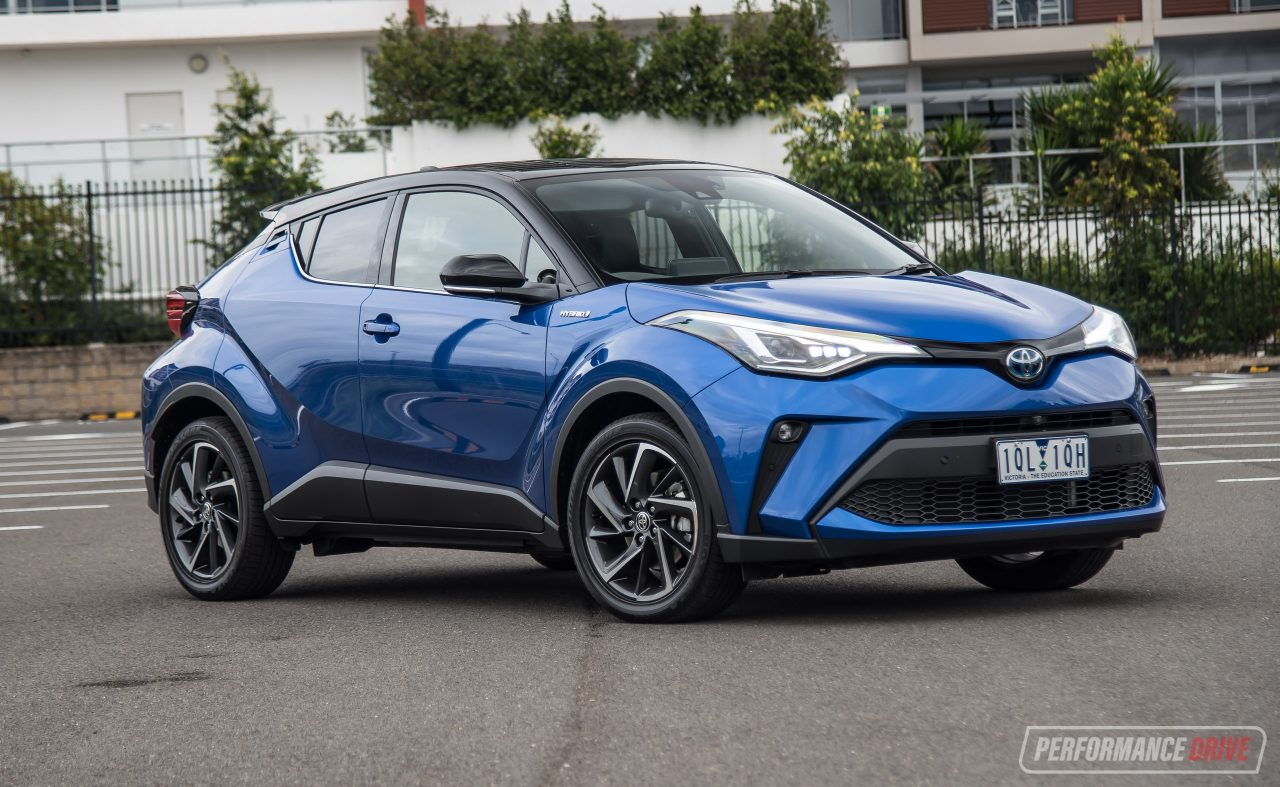We’ve already seen how the market is shaping up in new vehicle sales across July thanks to VFACTS figures, but we thought it might be interesting to take a look at how different car segments are coping, and how different states and territories in Australia are shaping up. This is a follow-up report from last month where we analysed how the market is coping, in general, amid the coronavirus pandemic.
According to July 2020 VFACTS figures, which count new vehicle registrations in Australia, 72,505 new vehicles were sold during the month. That’s down 12.8 per cent on July last year. And that accumulates to a total of 514,920 sales so far this year (YTD), which is down 19.2 per cent on the same seven-month period in 2019.
It’s quick and easy to blame the coronavirus pandemic for this noticeable decrease, and it no doubt has made a big impact. However, new car sales in Australia were already on a downward trend. For example, during 2019 local consumers purchased 1,062,867 vehicles, down 7.8 per cent on 2018. And even 2018 was down 3.0 per cent on the 1,189,116 vehicles sold in 2017.
So let’s break it down and see where the biggest hits are being taken in terms of vehicle segments and states and territories in Australia.
[wpdatatable id=6]
The most popular market segment in Australia during the first seven months of this year is SUVs, by a long shot. 249,012 SUVs have been sold so far. That figure is down 12.4 per cent on the same period last year, which is actually pretty good considering the market’s current downturn of 19.2 per cent overall.
Of those, it’s the medium SUV class (premium and non-premium combined) that contributes the most, with 100,933 sales. That’s down 15.8 per cent YTD, just ahead of the industry slump. Small and large SUVs were a close second and third, reporting 62,266 and 60,578 sales, respectively.
If we combine 4×2 (15,467) and 4×4 (86,838) ute sales, the popular trayed-vehicle layout has contributed 102,305 new registrations in the first seven months of the year. The 4×2 segment is down 25.8 per cent while 4×4 utes are down only 13.1 per cent. That means SUVs, as a whole, are coping slightly better than utes.
The biggest loser of all classes so far this year is passenger cars, contributing 131,097 sales, down 33.2 per cent YTD. More specifically, the large car segment is showing the biggest decrease, at negative 57.9 per cent. This is perhaps expected with the Holden Commodore going out of production.
[wpdatatable id=5]
Out of the more specific segments only the upper large car class is reporting a positive on YTD figures. The segment has seen just 576 units sold, up 3.8 per cent on the first seven months of 2019. Of that segment, the BMW 6 Series GT (dropped from local showrooms during April-May) has posted 94 sales, up 422 per cent, with a 300 per cent positive on Bentley sedan sales, with 12 units YTD. These two cars alone have pretty much caused the 3.8 per cent increase.
Actually, light buses (above 20 seats) are seeing the highest jump. These are up an impressive 36.9 per cent increase across the same period. Perhaps that’s got something to do with coronavirus quarantine regulations, with all the carting of people from airports to hotels?
[wpdatatable id=7]
In terms of states, obviously NSW has seen the most sales through the first seven months of the year – given it has the largest population. NSW buyers bought 165,235 vehicles, down 19.1 per cent YTD. Victoria made up 137,093 sales, down 24.7 per cent, while Queensland contributed 106,915 sales, down 18.1 per cent.
The biggest loser is the Northern Territory, posting 4170 sales, translating to a drop of 26.1 per cent compared with the same period in 2019. Tasmania isn’t far behind, seeing a drop of 25.3 per cent (8291 units). South Australia is down 17.8 per cent, and Western Australia is down 11.8 per cent.
Fans of the map of Australia will notice we’ve missed one region. Yep, the ACT. It’s actually reporting a rise in sales for the first seven months of this year. The capital territory has posted 12,587 sales YTD, up 27.1 per cent on last year. Unfortunately VFACTS figures don’t specify the vehicle categories for each state and territory, so we can’t see what type of vehicles are causing the uptick in the region.

